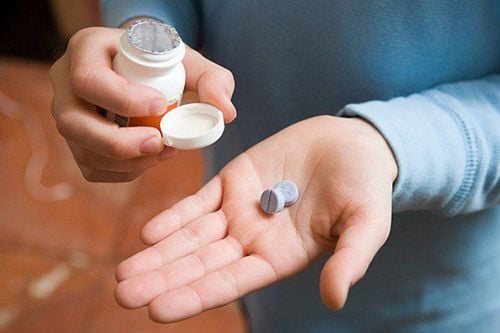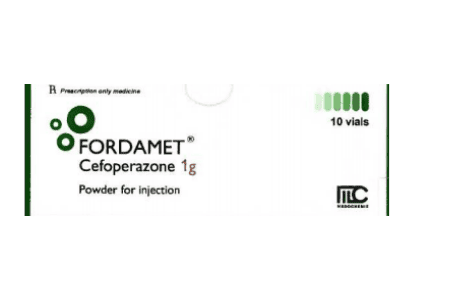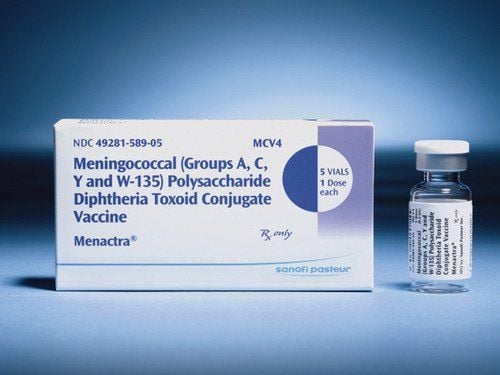This is an automatically translated article.
Hwazim belongs to the group of antiparasitic, anti-infective, antiviral, antifungal drugs, indicated in the treatment of infections. Hwazim is a prescription drug, and patients absolutely do not use it without a doctor's prescription.
1. What is Hwazim?
Hwazim belongs to the group of anti-parasitic, anti-infective, anti-viral, anti-fungal drugs. The drug is researched and manufactured by Hwail Pharmaceutical Co., Ltd - KOREA. The drug is in the form of a powder for injection. 1 box of 10 vials, 1g each.
Drug ingredients:
Ceftazidim 1g: This is a 3rd generation Cephalosporin antibiotic with bactericidal effect due to inhibition of bacterial cell wall synthesis enzymes.
2. Uses of Hwazim
Hwazim drug works to treat:
Lower respiratory tract infections. Skin and skin structure infections. Urinary tract infections, both complicated and uncomplicated. Bone and joint infections. Gynecological infections. Abdominal infection. Central nervous system infections, including meningitis.
3. When is Hwazim contraindicated?
The drug is not used for people with a history of hypersensitivity to Ceftazidime, Cephalosporins and Penicillins.
4. How to use, dosage of Hwazim
How to use:
The usual dose of Hwazim in adults is 1g/time, orally every 8 hours or 2g/time, taken 12 hours apart, used by intravenous or deep intramuscular infusion. No dose adjustment is required in case of impaired liver function. Intravenous or deep intramuscular injection: Usually injected into the upper quadrant of the buttocks or the lateral part of the thigh. Instructions for preparation of solution for infusion:
Solution for intramuscular injection: Dilute the drug (Ceftazidime 1g) in 3ml of distilled water for injection or 0.5% or 1% Lilocaine hydrochloride solution. Intravenous solution: Dilute the drug (Ceftazidime 1g) in 10ml of distilled water for injection or 0.9% sodium chloride or 5% dextrose solution. Solution for infusion: Mix the drug in solutions as in intravenous injection but with a concentration of 10-20mg/ml (1-2g drug in 100ml solvent). Dosage of Hwazim indicated in patients with renal failure:
Creatinine clearance 50-31 (ml/min)/ 1 gram/ 12 hours; Creatinine clearance 30-16 (ml/min)/1 gram/24 hours; Creatinine clearance 15-6 (ml/min)/500mg/24 hours; Creatinine clearance <5(ml/min)/ 500mg/ every 48 hours. Dosage for children as prescribed by a doctor or recommended below:
Newborns (0-4 weeks): 30mg/kg IV every 12 hours; Children from 1 month to 12 years: 30-50mg/kg intravenously up to 6g/day, every 8 hours. Dosage in the elderly:
The usual dose should not exceed 3g per day, especially in patients over 70 years of age.
5. Side effects of Hwazim
After injecting Hwazim, it may cause some unwanted reactions such as:
Swelling at the injection site; Rash, itchy rash; Diarrhea, nausea, vomiting and abdominal pain.
6. Other notes when using Hwazim
High concentrations of Hwazim can cause convulsions, encephalopathy, loss of balance and neuromuscular excitability. For women who are pregnant and breast-feeding: Hwazim is considered safe during pregnancy. However, there are no studies in pregnant women, so the drug should be used in pregnant women only when clearly needed, weighing the risks and benefits to make a decision. The Ceftazidime component contained in Hwazim is secreted into breast milk, so the use of the drug should be considered for women who are breast-feeding. Hwazim should be used with caution in patients with a history of gastrointestinal disease, especially dysentery. The drug can cause pseudomembranous colitis. The basic information about Hwazim in the above article is for reference only. Because this is a prescription drug, patients should not use it on their own, but need to contact a specialist directly to get an appropriate prescription to ensure safety for health.













